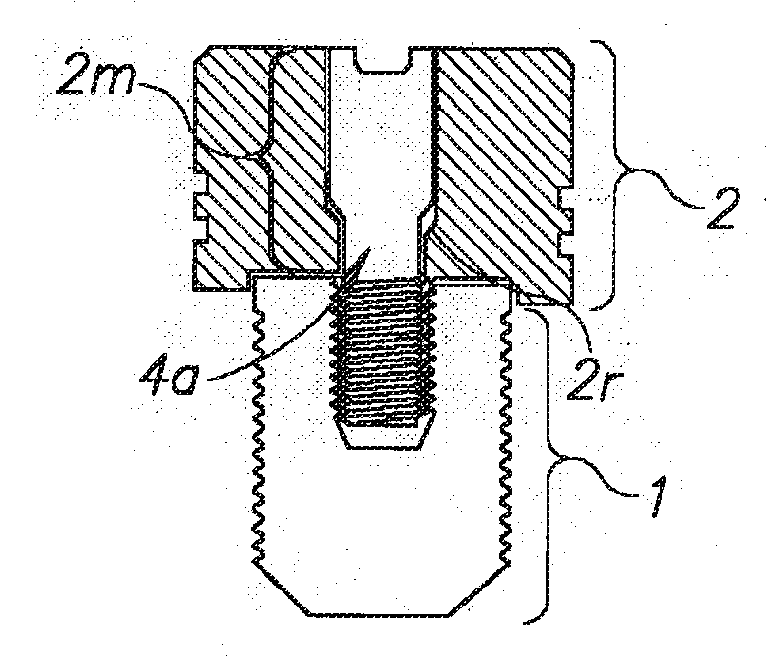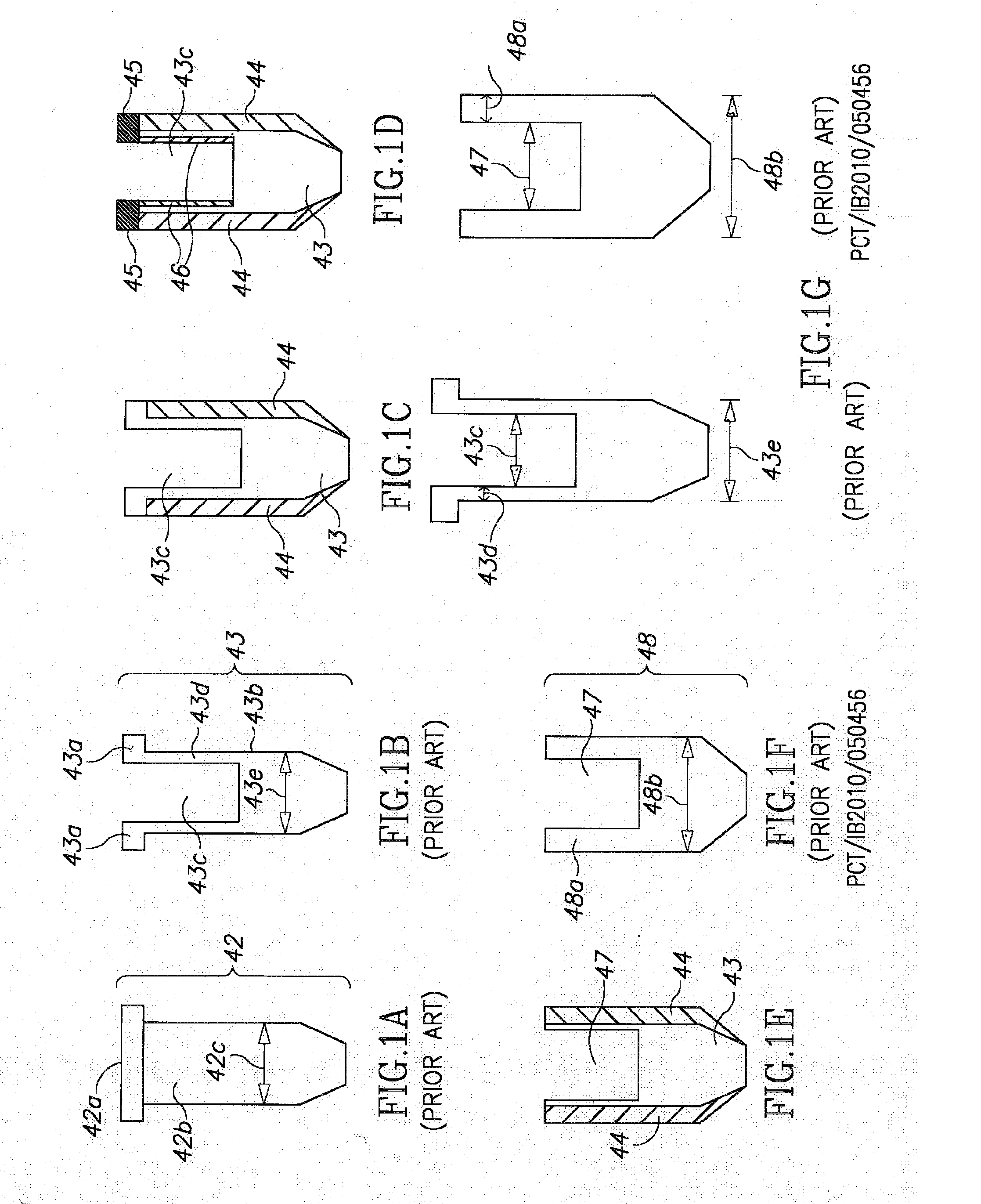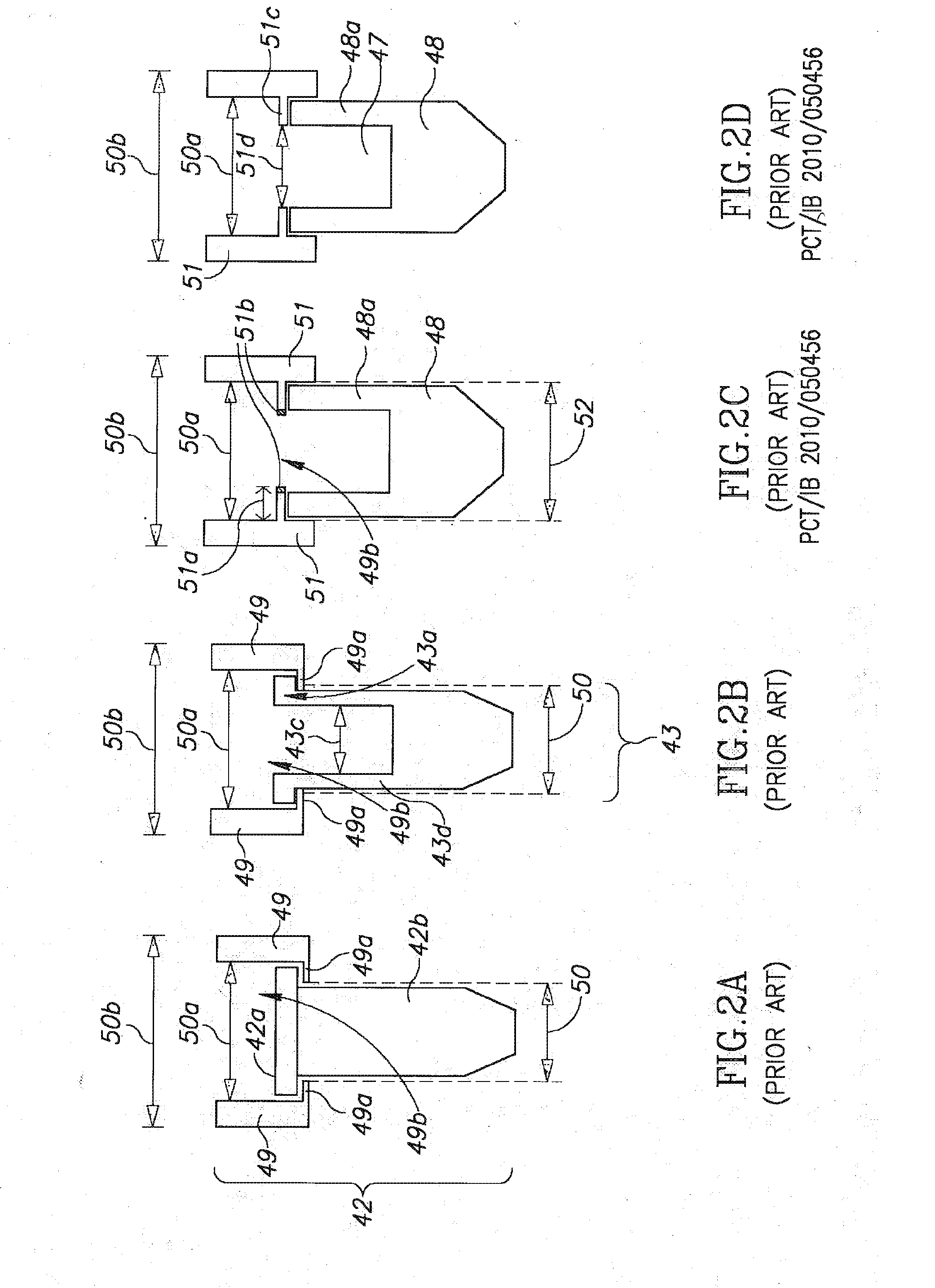System, apparatus and method for implementing implants
a technology for implants and implants, applied in the field of bone implants and bone implants, can solve the problems of large gaps or spaces between the implant crown and the teeth on either side, preventing the optimal formation of interdental papilla (gum tissue between teeth), and the standard implant design form is actually in very significant variance. , to achieve the effect of increasing flexibility in the timing of securing
- Summary
- Abstract
- Description
- Claims
- Application Information
AI Technical Summary
Benefits of technology
Problems solved by technology
Method used
Image
Examples
Embodiment Construction
[0116]The following description is presented to enable one of ordinary skill in the art to make and use the teachings herein as provided in the context of a particular application and its requirements. Various modifications to the described aspects of the invention (including components, arrangement of components, apparatus, and methods) will be apparent to those with skill in the art, and the general principles defined herein may be applied to other aspects. Therefore, the present teachings are not intended to be limited to the particular aspects shown and described, but are to be accorded the widest scope consistent with the principles and novel features herein disclosed. In other instances, well known methods, procedures, and components have not been described in detail so as not to obscure the present teachings.
[0117]In general, the teachings contemplate systems, means and methods for the preparation and insertion of improved anatomically corrected implants that more closely imi...
PUM
 Login to View More
Login to View More Abstract
Description
Claims
Application Information
 Login to View More
Login to View More - R&D
- Intellectual Property
- Life Sciences
- Materials
- Tech Scout
- Unparalleled Data Quality
- Higher Quality Content
- 60% Fewer Hallucinations
Browse by: Latest US Patents, China's latest patents, Technical Efficacy Thesaurus, Application Domain, Technology Topic, Popular Technical Reports.
© 2025 PatSnap. All rights reserved.Legal|Privacy policy|Modern Slavery Act Transparency Statement|Sitemap|About US| Contact US: help@patsnap.com



